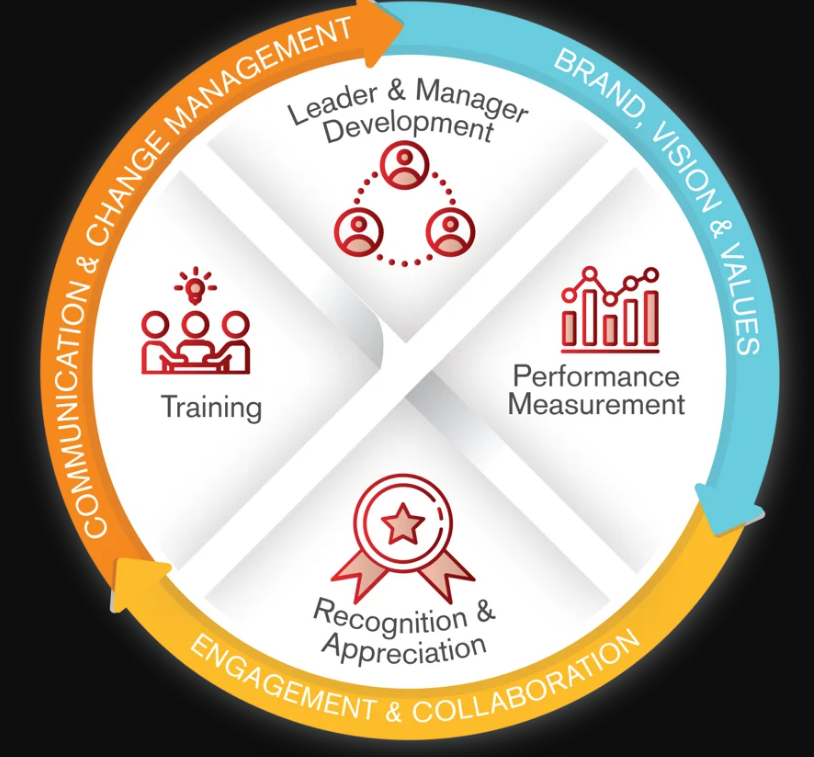Understanding Mystery Shopping: A Comprehensive Guide

What is Mystery Shopping?
Mystery shopping is a market research tool used by companies to assess the quality of customer service, compliance with company policies, and overall customer experience. A mystery shopper, posing as a regular customer, visits a business to evaluate various aspects of the service. These evaluations are then reported back to the company, which uses the insights to improve their offerings.
The Purpose of Mystery Shopping
The primary goal of mystery shopping is to gather unbiased information about a company’s operations from a customer’s perspective.
Companies use this data to:
-
Enhance Customer Service: By identifying strengths and weaknesses in customer interactions, businesses can refine their training programs and service protocols.
-
Ensure Compliance: Mystery shopping helps ensure that employees adhere to company policies, such as greeting customers within a specific timeframe or upselling certain products.
-
Benchmark Performance: It provides a benchmark for comparing the performance of different locations or employees within a company.
-
Improve Customer Experience: The insights gained can lead to changes that improve the overall customer experience, fostering customer loyalty and satisfaction.
How Does Mystery Shopping Work?
-
Recruitment of Shoppers: Companies either have an in-house team or hire third-party agencies to recruit mystery shoppers. These shoppers are trained to observe and evaluate specific aspects of the customer experience.
-
Assignment: Shoppers are given specific tasks, such as purchasing a product, asking questions, or returning an item. They are also provided with evaluation criteria, which could include factors like cleanliness, employee attitude, and speed of service.
-
Visit: The shopper visits the business and completes the assignment without revealing their identity. They take mental notes or discreetly record observations.
-
Reporting: After the visit, the shopper fills out a detailed report, often with both quantitative (e.g., wait time) and qualitative (e.g., friendliness of staff) data.
-
Analysis and Action: The company analyzes the reports to identify trends, strengths, and areas for improvement. This information is then used to make informed decisions about training, operations, and customer service strategies.
- Industry
- Art
- Causes
- Crafts
- Dance
- Drinks
- Film
- Fitness
- Food
- Games
- Gardening
- Health
- Home
- Literature
- Music
- Networking
- Other
- Party
- Religion
- Shopping
- Sports
- Theater
- Wellness
- News


